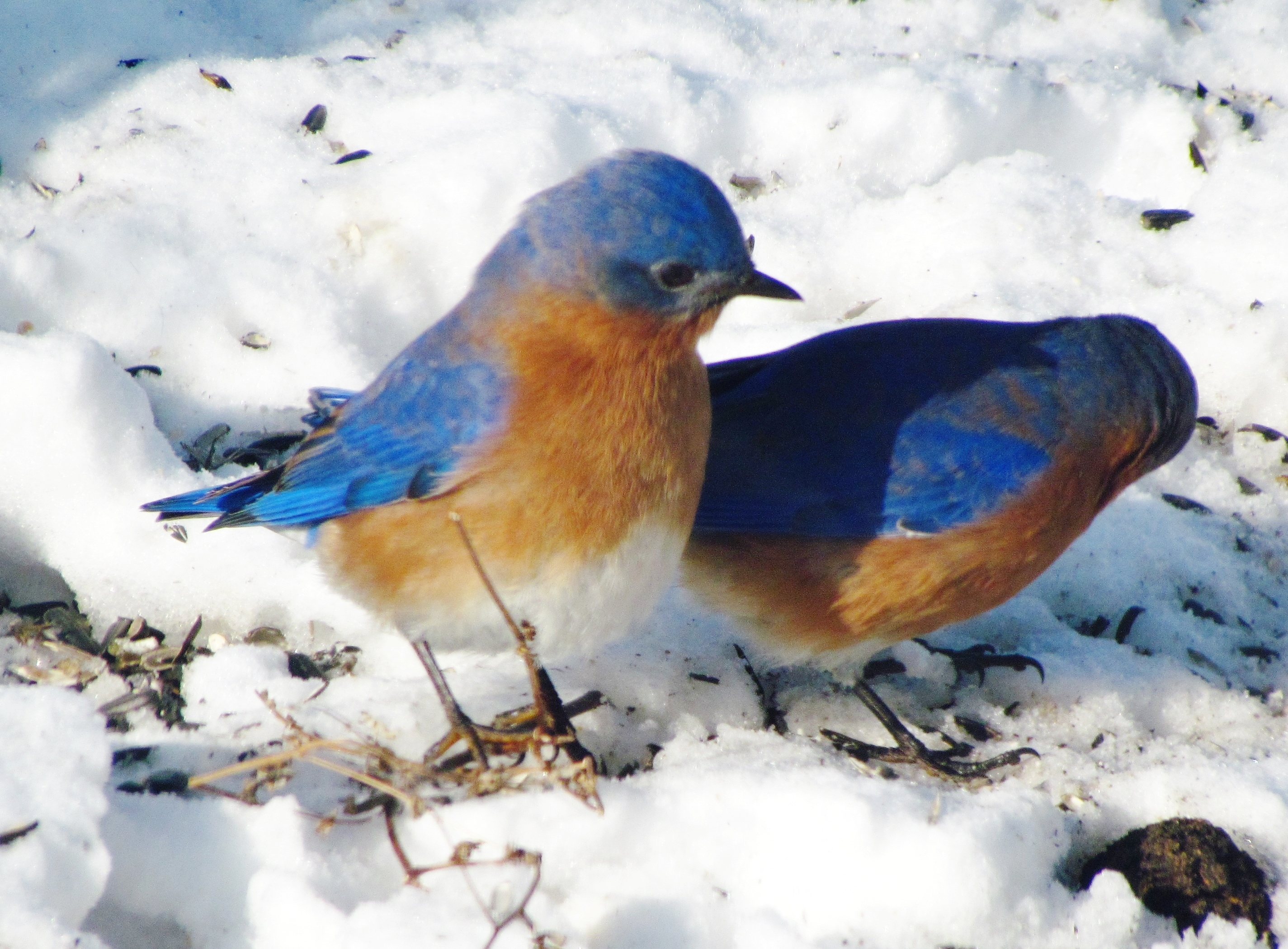WILDER SIDE OF OAKLAND COUNTY
Deer, coyotes, red foxes, raccoons, skunks, rabbits, mice, opossums and Great Horned Owls. What do they all have in common? They are all “gastronomically grateful” for the existence of bird feeders. The same holds true for Cooper’s hawk, a fast flying accipiter that purses and eats other birds. Perhaps the most grateful creature of all purrs gently on your lap, but given half the chance, a house cat will wait in deadly ambush near a feeder. It’s all about adapting to opportunity, and bird feeders create opportunity, sometimes with unexpected consequences. The season of winter feeder wars and feeder frenzy has arrived.

Winter bird feeding enthralls hundreds of thousands of Oakland County residents. It should, for it’s an activity for all ages. Feeders range from homemade cost-free devices such as half of a hollowed out grapefruit packed with peanut butter and sunflower seeds that is hung from a tree limb, to a decorative copper-roofed feeder that may send one back more than three hundred dollars. But some birds will never appear at a grapefruit feeder, or the copper mansion, for it’s all about supply and demand and the science of migration.

Birds that nest in the Northern Hemisphere migrate northward in spring to take advantage of seasonal food supplies that include flying insects, fresh fish, worms, duckweed, budding plants, fresh fruits and nectar. Before winter cuts off their food supply, they head south. The lengthy local list of southern bound migrants includes Hummingbirds, Vireos, Wood Ducks, Warblers, Tree Swallows and our fish-hawk, the Osprey. Birds that consume wild seeds, small mammals, hibernating insects or other birds tend to stay. Some of our most common seeder visiting species in winter include Cardinals, Chickadees, Juncos, Goldfinch, Tufted Titmice, and the common House Sparrow and House Finch. Suet offerings lure in numerous species of woodpeckers including the Downy Woodpecker, Hairy Woodpecker, Red-bellied Woodpecker and every once in a while our crested forest giant, the magnificent Pileated Woodpecker.
Squirrels are bird feeder addicts, and their climbing and acrobatic skills and evolutionary adaptations make them masters of their craft. Our tree squirrels have ankle joints that are super flexible. When they climb down a tree, or a window screen to reach a feeder, they can rotate their feet 180 degrees, dig claws in, and hang by their back legs. Even if they cannot get to the feeder – and most will find a way – the spillage creates an endless buffet of nutritious treats. Squirrels have a pecking order on the ground, and that adds to the excitement of feeder watching. As observers note, it’s usually the feisty red squirrel that drives off the much larger gray or fox squirrels.
Activity at many bird feeders accelerates at night. Seed attracts rabbits and mice, and their presence in turn attracts coyotes, foxes and Great Horned Owls. Deer visit feeders day and night. I store bird seed in the garage and deer have adapted to my behavior. The squeak of the garage door signals the feeders are about to be restocked. Sometimes deer appear at the feeder within minutes, stirred into activity by a sound they know well.

Bird feeding can also be a conservation tool if citizen scientists document species. Observations add to confirmation of long term trends and is a method of gathering information on habitat and climate change. “When the bird and the book disagree, always believe the bird,” James Audubon said. Most bird books state that Eastern Bluebirds migrate out of Michigan before winter. Observations prove otherwise. Many of these beauties now overwinter in Oakland County and are perhaps the most beautiful of the frequent feathered foragers at backyard feeders. Visit the Great Backyard Bird Count and discover how you can be a citizen scientist, and use your feeder as an information gathering site.
Jonathan Schechter is the Nature Education Writer for Oakland County Government and blogs weekly about nature’s way, trails, and wildlife on the Wilder Side of Oakland County.
For the latest county news and events, visit our website and use #OaklandCounty on our Facebook, Twitter, Instagram and LinkedIn pages.





Great photos! Looks like you get through a good sack full of seeds and nuts etc!